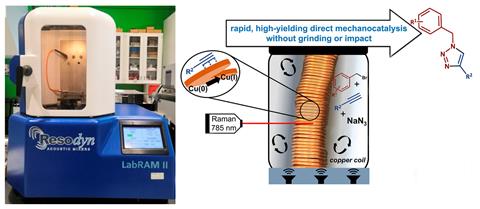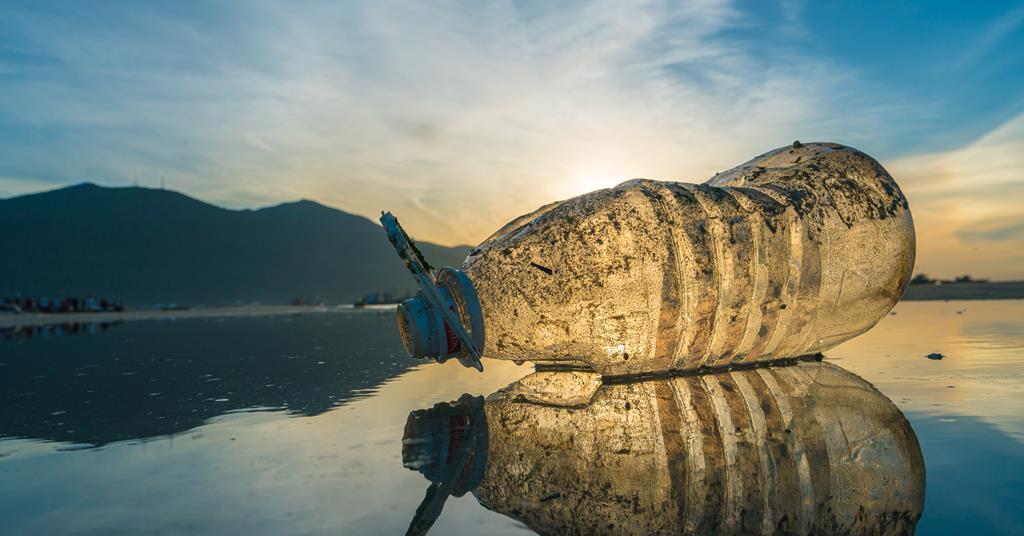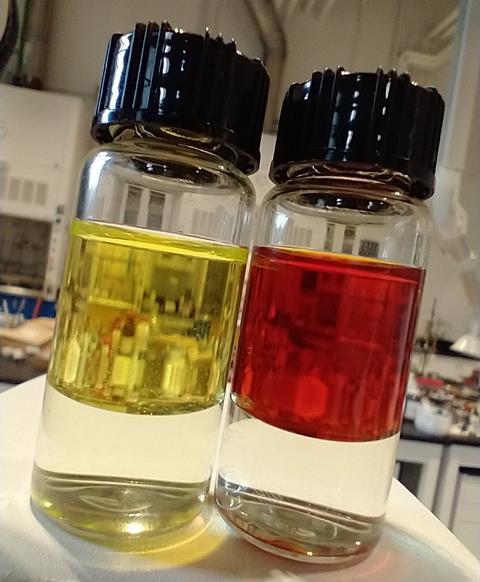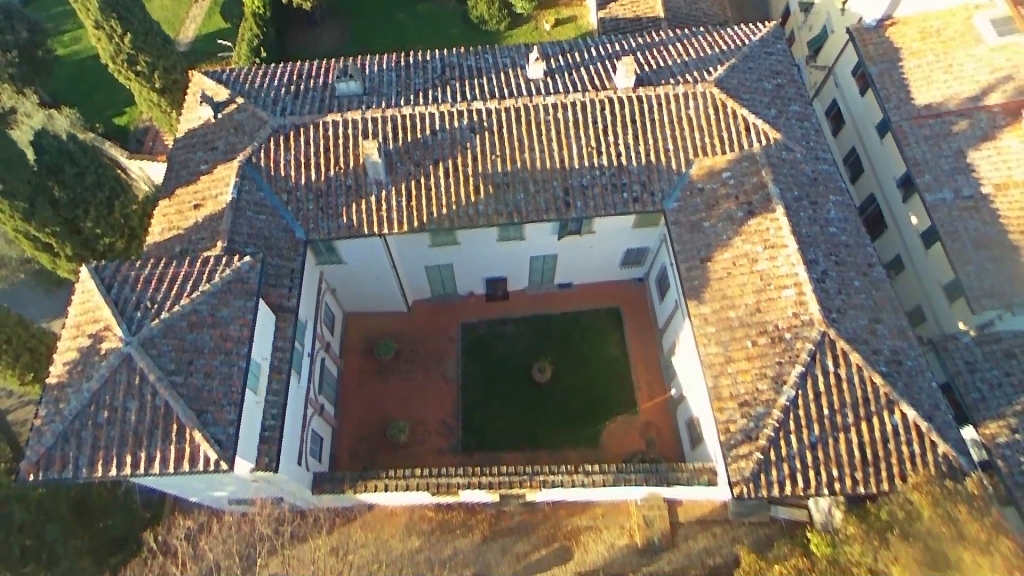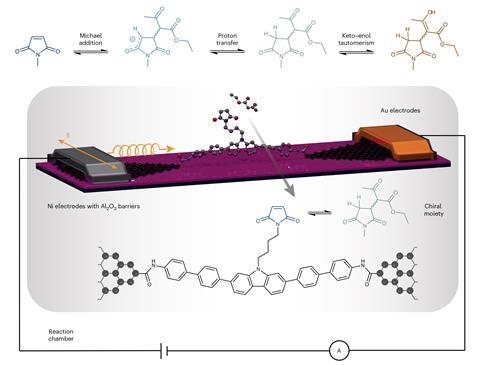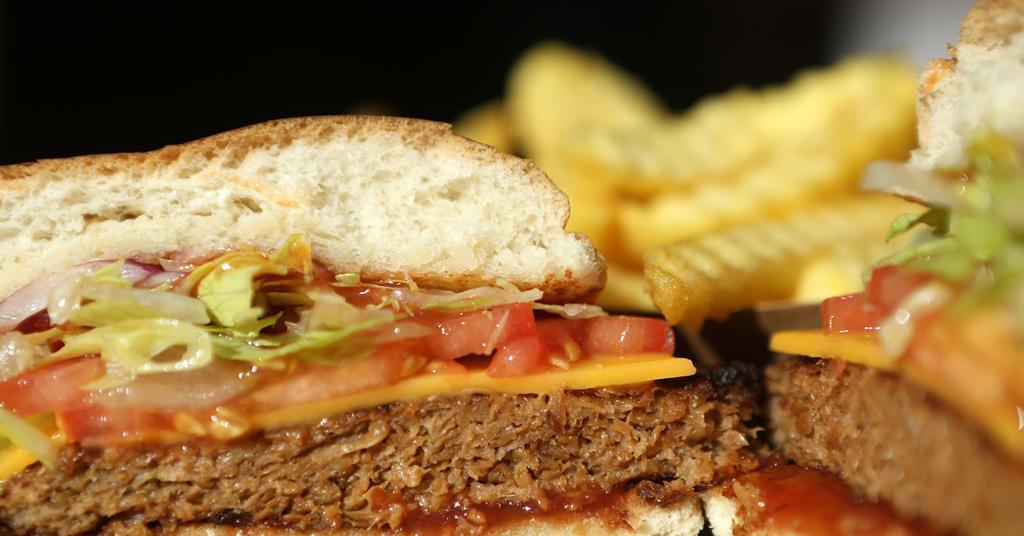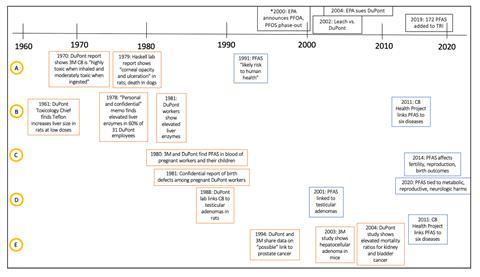Researchers have developed a new way of performing direct mechanocatalysis.1 The method uses resonant acoustic mixing and offers a simple, scalable and solvent-less alternative to traditional copper-catalysed azide–alkyne click coupling (CuAAC). Tomislav Friščić, at the University of Birmingham, UK, who led the work, says it could change how chemists think about chemical synthesis by allowing […]
Read More